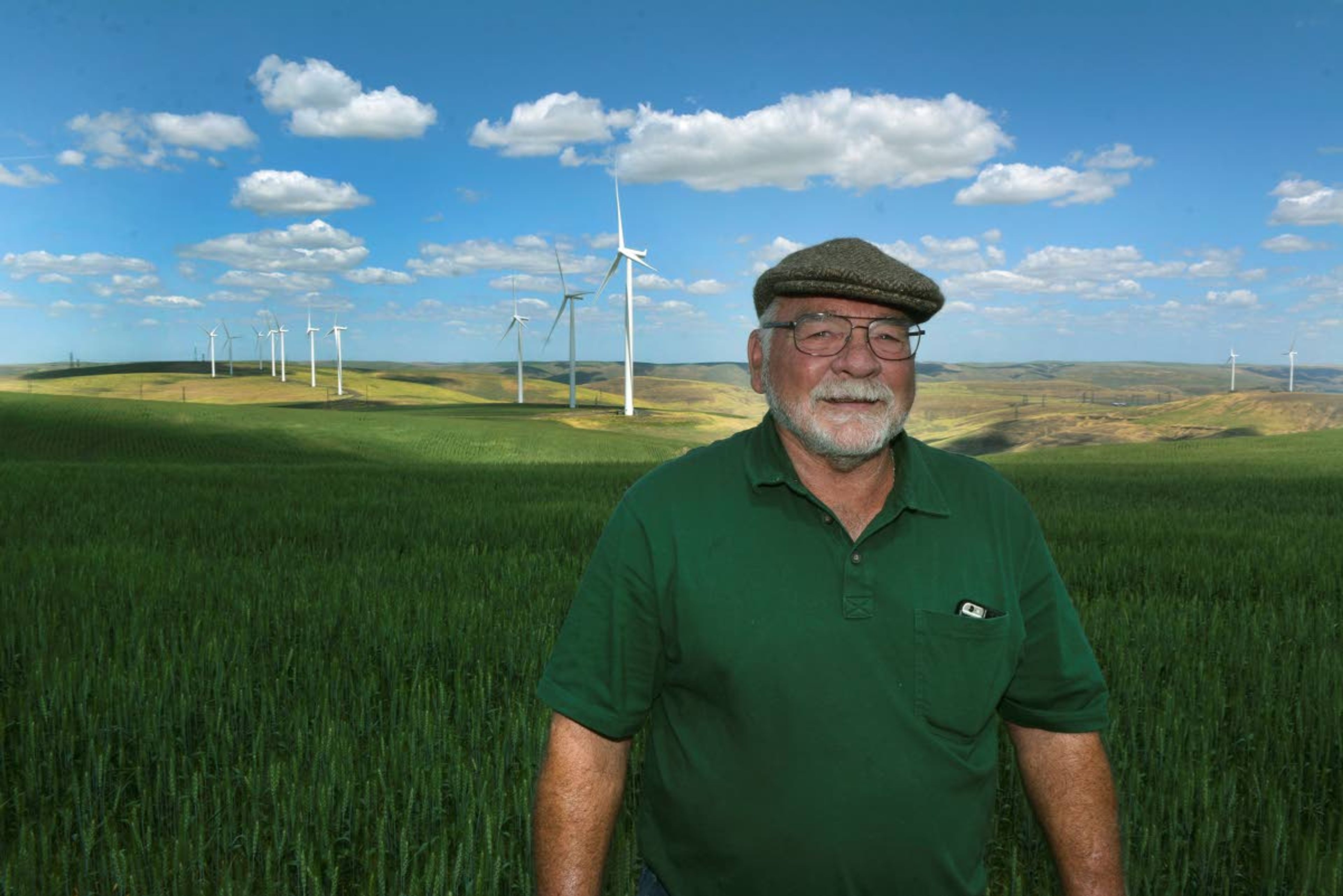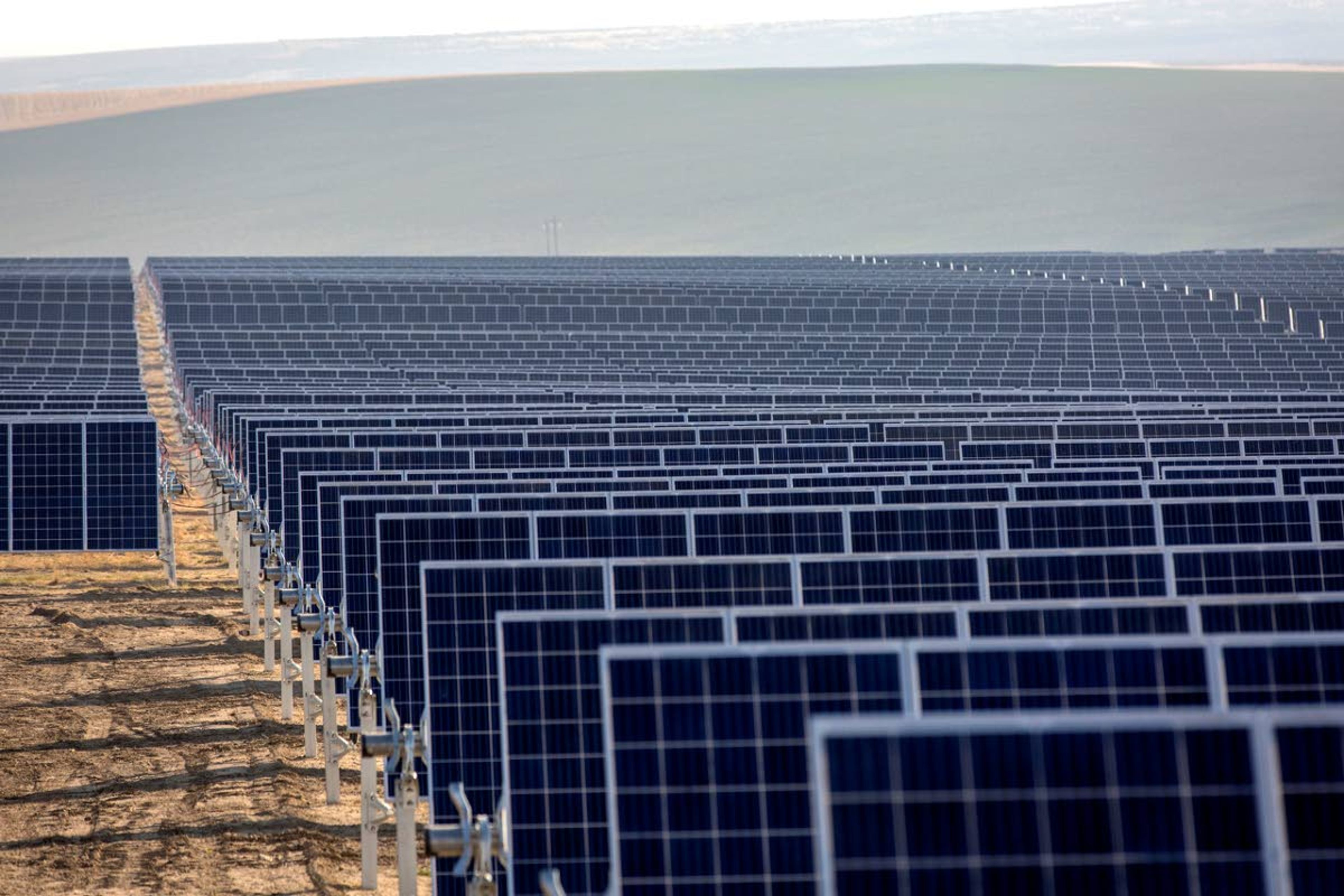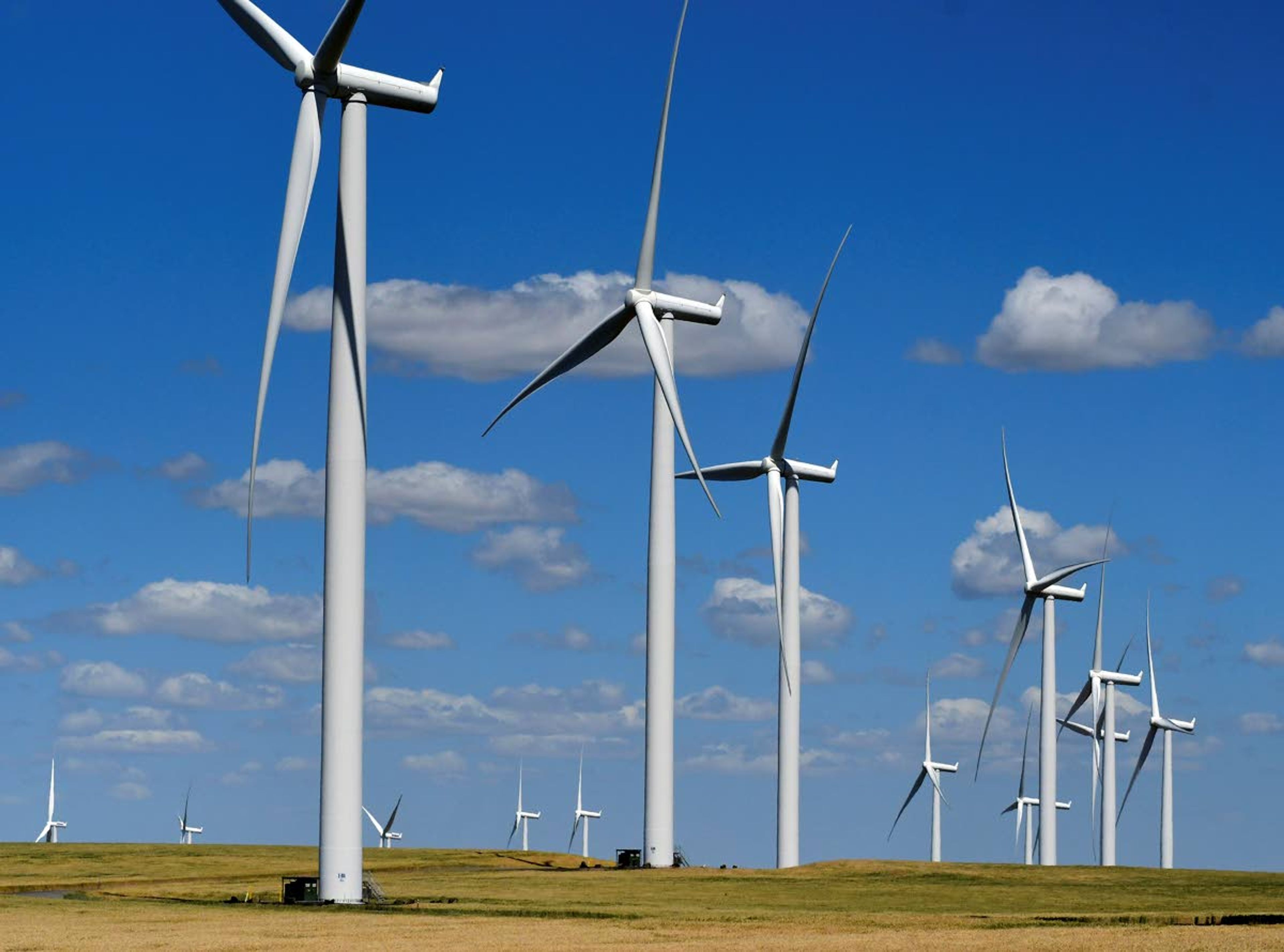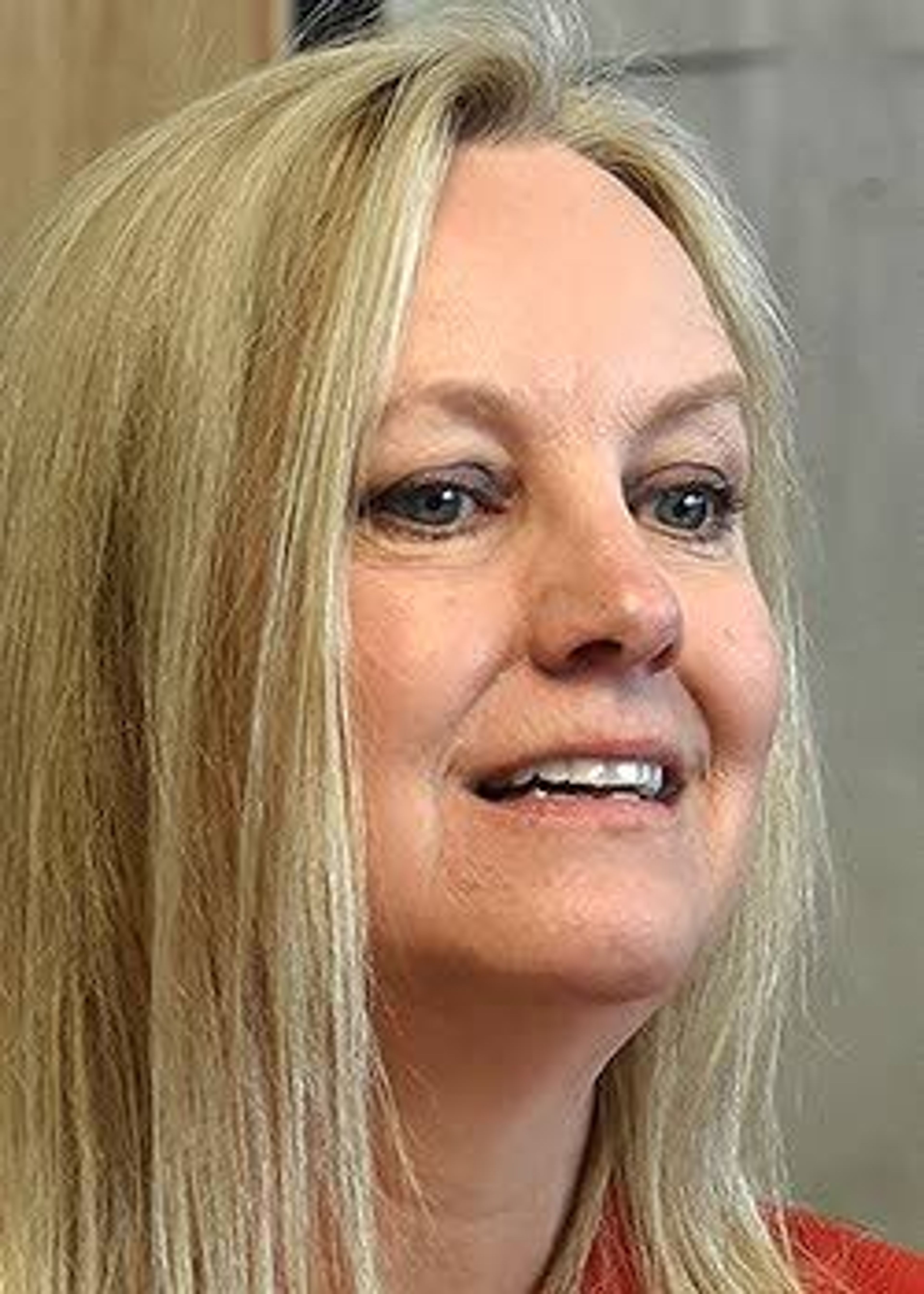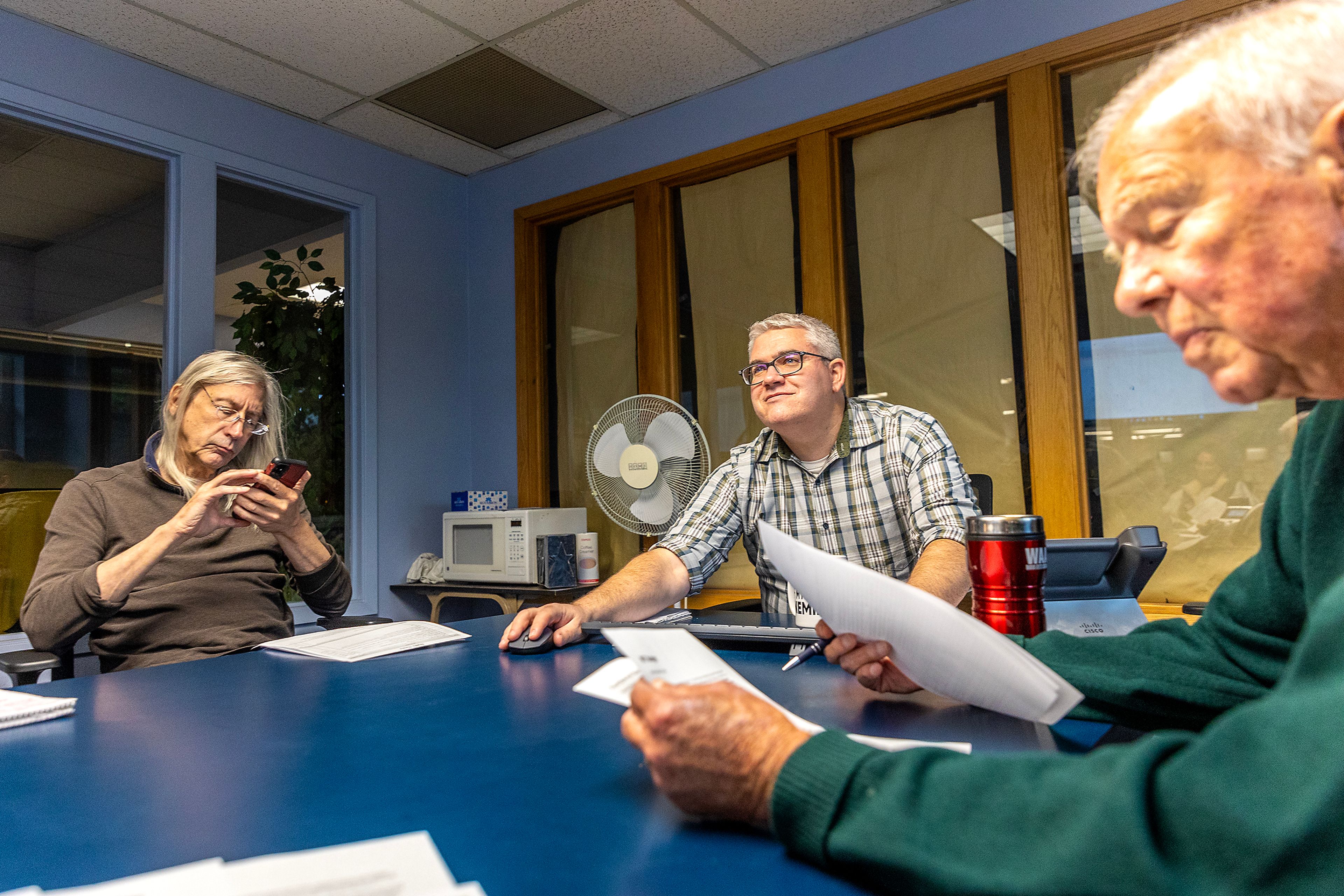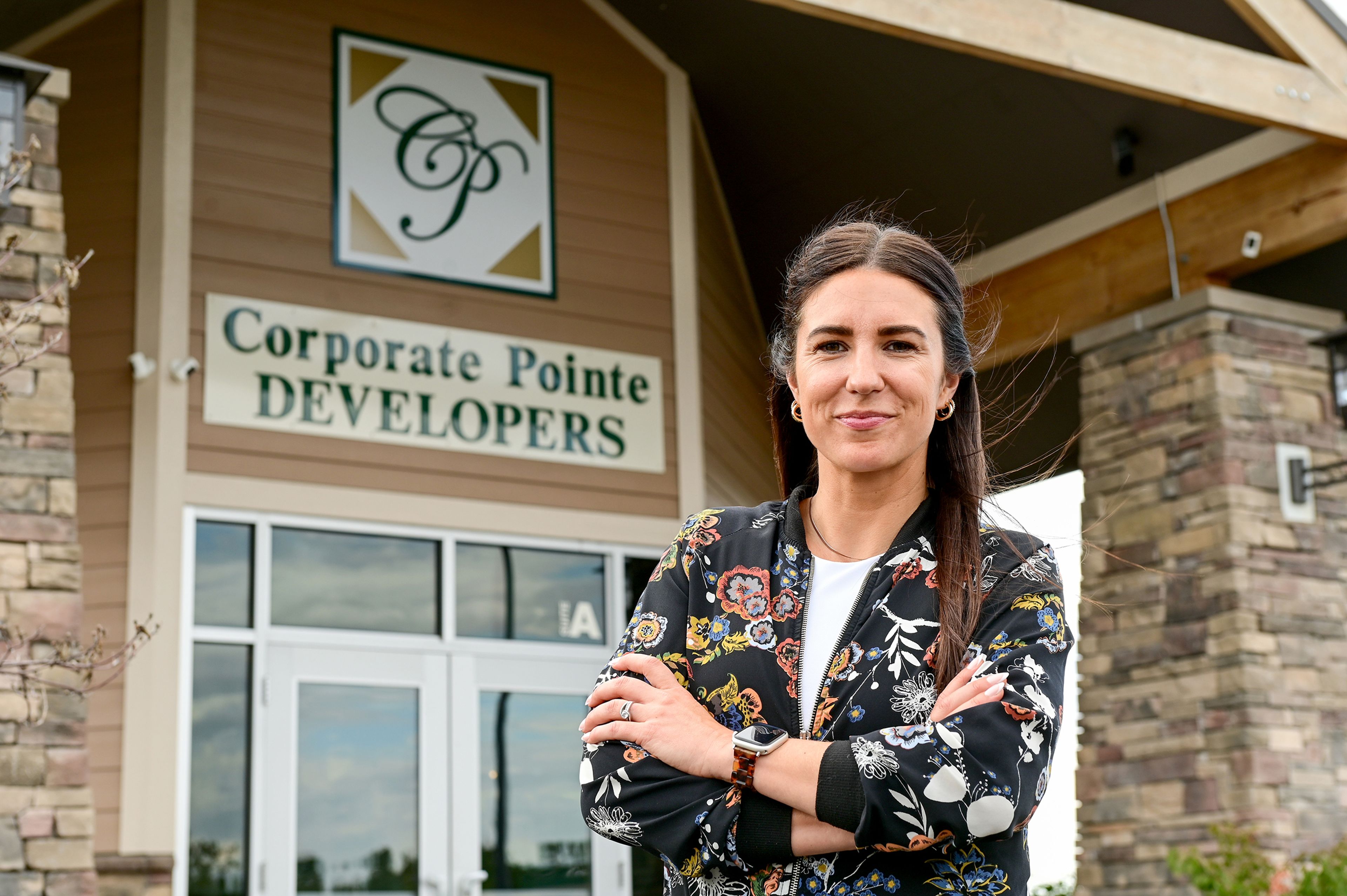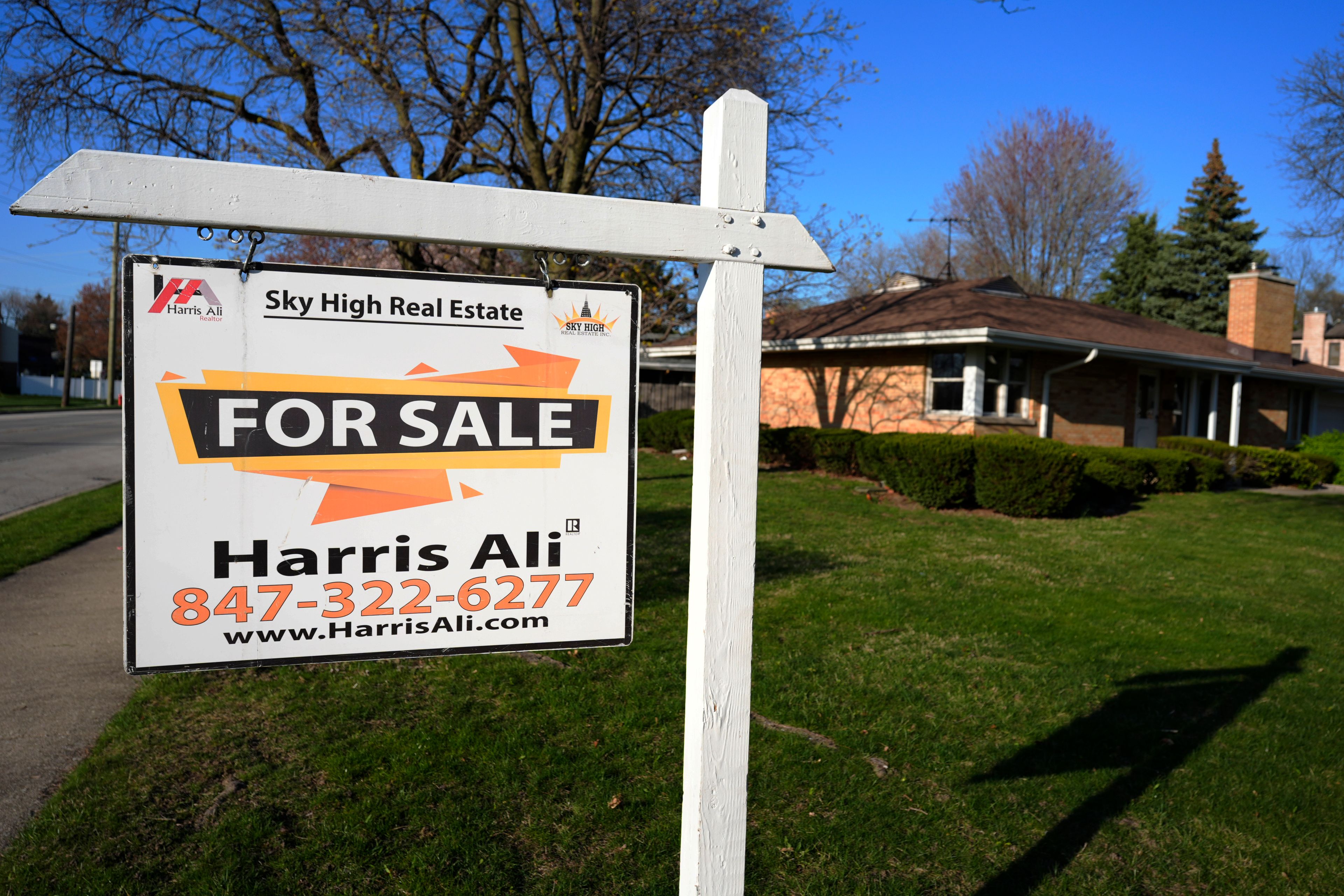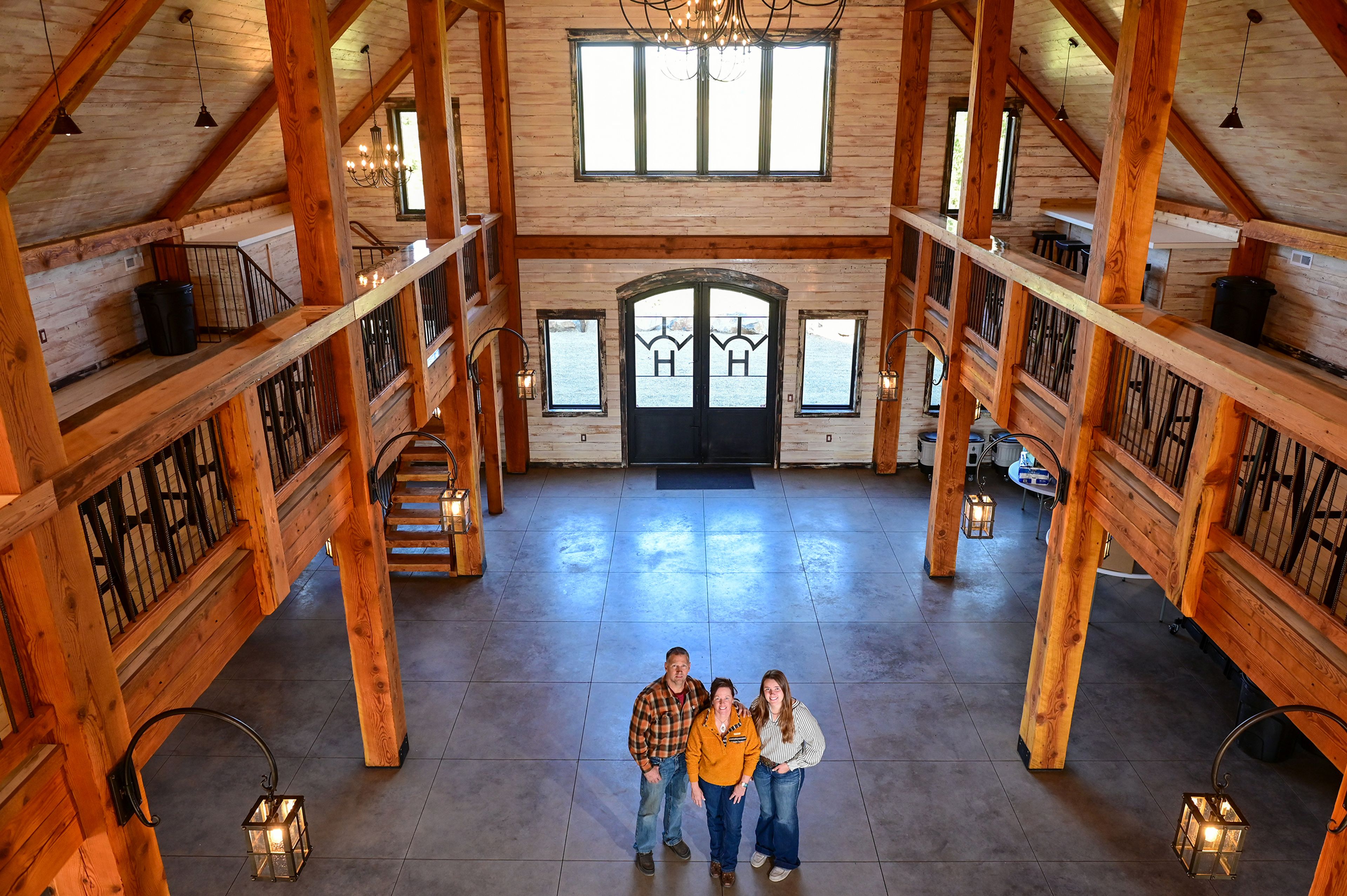Entrepreneurs are looking to the sun
The prospect of a solar farm in Garfield County ignites debate about renewable energy
POMEROY — The sound of rustling wheat plants mingles with the whoosh of wind turbine blades as Clay Barr stands in one of the rural Garfield County fields he cultivates.
In coming years, the landscape around him could change dramatically. Strata Solar wants to install a 2,800-acre solar farm on the ridge where Puget Sound Energy already harvests wind power.
The Durham, N.C.,-based company could hook into the same substations and heavy-duty transmission lines installed for the Puget Sound Energy wind turbines that send power all over the West.
The 275-megawatt solar project is still in the planning stages. It can’t move forward until Strata Solar obtains a conditional-use permit from Garfield County, a process that requires the review of a number of state agencies.
Yet just the existence of the $300 million to $350 million proposal puts one of Washington’s least populated counties in the heart of a debate about alternative energy. In Garfield County, almost everyone has a stake in what happens along the ridge west of Pomeroy along State Route 127, between the road’s junction with U.S. Highway 12 and the Snake River.
In addition to owning land, for example, Barr serves on the county’s planning commission, the group that normally makes the decision on conditional-use permits. The commission will hire a third party to handle the solar farm permit, just as it did with the wind farms, because it’s nearly impossible to find any Garfield County residents who aren’t directly affected, Barr said.
The Pomeroy farmer sees solar as another way to diversify both his farming operation and the tax base of Garfield County while promoting world peace.
“If we can get away from oil dependence, there’s going to be a heck of a lot less wars,” he said.
But another Garfield County wheat farmer, Mary Dye, who is also a Washington State House Representative, wonders about the long-term feasibility of the technologies and the wisdom of taking agricultural ground out of production.
At the same time, Dye said she wrestles with how to square that stance with her support of allowing private property owners to use their land in any legal way.
Barr anticipates that Strata Solar will succeed. The project, he said, has the potential to make Garfield County richer in the same way wind did and, like Puget Sound Energy, he believes Strata Solar has a solid track record.
Garfield County is collecting about $5.5 million in property tax revenue this year, compared with about $3 million a year before the wind turbines were installed, Garfield County Assessor Brian Bartels said.
The owner of the wind turbines, Puget Sound Energy will pay $2.7 million in property taxes in 2019, Bartels said. That contribution reduces the tax burden on other property owners.
Typically Garfield County residents now pay $10 per $1,000 of assessed value per year, compared with $16 per $1,000 of assessed value before the arrival of wind power installations, Bartels said.
How much farmers earn from wind or solar is not clear. Puget Sound Energy pays him a base amount plus premiums when energy production exceeds certain thresholds, said Barr, who declined to provide details.
Lease rates for solar are between $300 and $800 per acre per year, which is more than the land would earn in wheat production, Dye said.
“For the landowner, it’s a very good deal,” Barr said.
Strata Solar is one of the largest companies of its type installing solar farms throughout the nation, a fact Barr said lends legitimacy to the project.
Officials from Strata Solar declined to be interviewed for this story, but the company completed a similar installation about 75 miles southwest of Spokane, near Lind, Wash.
The farm went on line at the beginning of this year, and Avista has promised to purchase the 48,500 megawatt hours it generates each year for two decades, said Joy Fryer, project manager for renewables at Avista. The power goes to Washington state businesses and employers who want the cache that comes with being green.
“We continue to hear this growing sentiment for renewables,” Fryer said.
That push is favored by Washington state policy.
The state forgives as much as 100 percent of the sales tax for solar farm equipment and machinery, said Lauren McCloy, a senior policy advisor for energy in Washington Gov. Jay Inslee’s office.
Another Washington state program makes the cost equivalent to the power Avista gets from its mix of hydropower, natural gas and coal for eight years. How the price of solar will measure against other energies after that is not clear, Fryer said.
The cost of wind and solar has dropped significantly over the last decade, increasingly making it “competitive with traditional energy resources,” McCloy said.
Avista doesn’t offer solar power to Idaho businesses because, in the absence of government support, the price would be higher.
Price isn’t the only factor Washington state power consumers are examining in their decisions about solar.
Washington state’s Clean Energy Bill, requires all retail electricity in the Evergreen State to be carbon free by 2045. Hydropower is playing an important role in helping meet that goal, already providing 60 percent to 70 percent of the state’s electricity, McCloy said.
Even though solar power is becoming more common, Dye is among those who remain skeptical.
If solar became a significant source of electricity, it might take massive amounts of land out of production, she said.
The farm from which Avista buys solar illustrates Dye’s point. It covers 200 acres, and its production is enough to serve 4,000 homes per year. But Avista’s service territory includes 388,000 homes and thousands of businesses, factories and institutions.
Researchers have yet to find a cost-effective way to store large amounts of power. Solar, wind and hydroelectricity all depend on the weather, meaning utilities still need plants powered by gas or coal to fill the gap and guarantee a constant flow of electricity, Fryer said.
Absent solutions for the challenges that go with alternative energy, Dye worries Washington state will end up with more expensive, less reliable power.
“I have so many questions,” she said. “I don’t know if we have thought them all of the way through.”
It will likely take decades for Dye and others to get their answers. Meanwhile, Garfield County remains at the heart of the debate as its open, treeless ridges promise to draw entrepreneurs hoping to harness the sun and the wind.
Williams may be contacted at ewilliam@lmtribune.com or (208) 848-2261.
